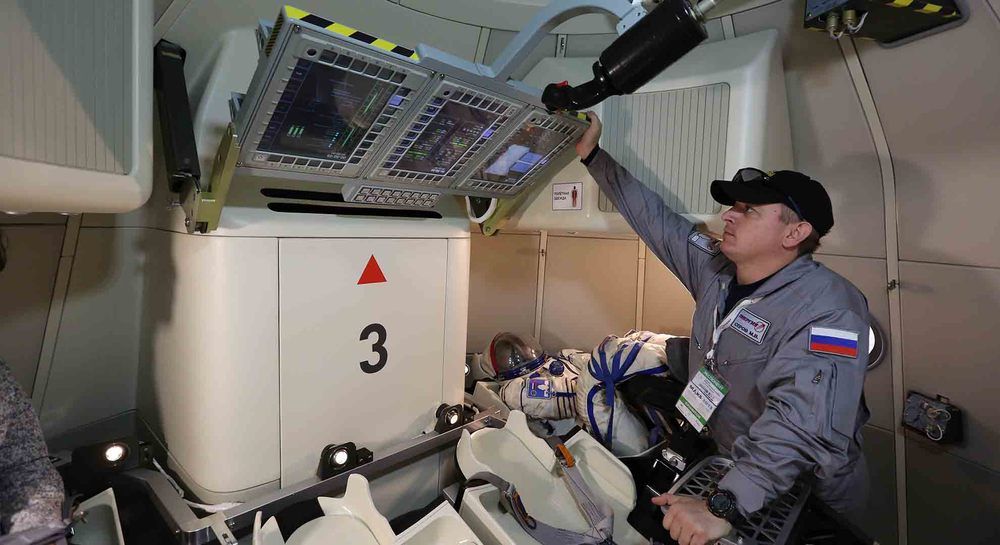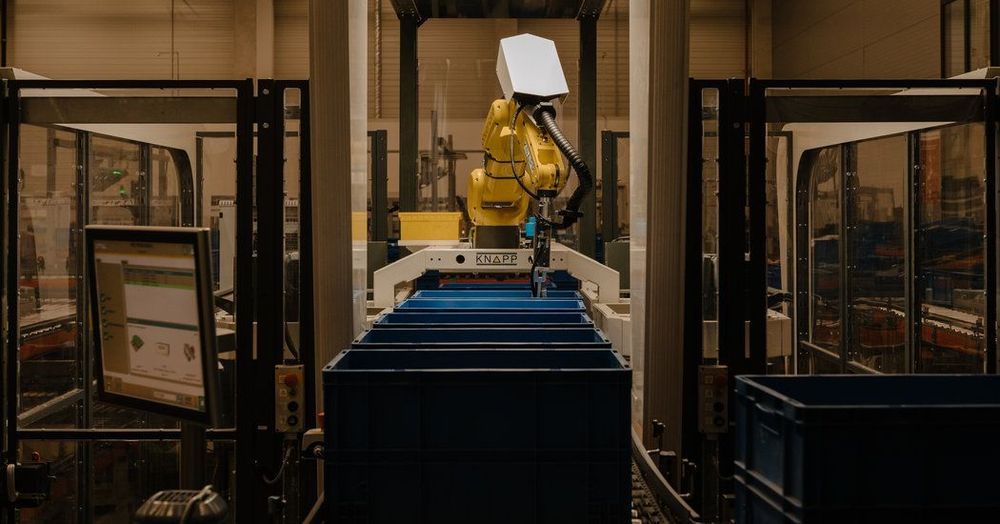San Francisco startup RealityEngines. AI has turned off stealth mode and today launched its completely autonomous cloud AI service. It’s all very tedious to the common reader IMO — enterprise-level business stuff — but the technology itself and how it could shape our future in both data and perceived reality should be at least mildly considered.
Here’s how RealityEngines. AI works: using a Neural Architecture Search (NAS) technique called BANANAS, when a user points their data (through an API) to RealityEngines. AI and selects a use case (churn predictions, fraud detection, sales lead forecasting, security threat detection, cloud spend optimization, et al.), the data is attacked by the NAS to create cutting-edge models then refined by a generative adversarial network (GAN) in order to augment sparse or noisy data with synthetic data to further enhance the data modeling. Now that, is bananas.
It’s a democratization of AI that will not only create a service that allows anyone to create AI models without having to hire a team of developers, but it makes that service accessible to any business that feels it needs it and might not even have enough data. The synthetic data technology can help companies create AI models with a moderate amount of data.








